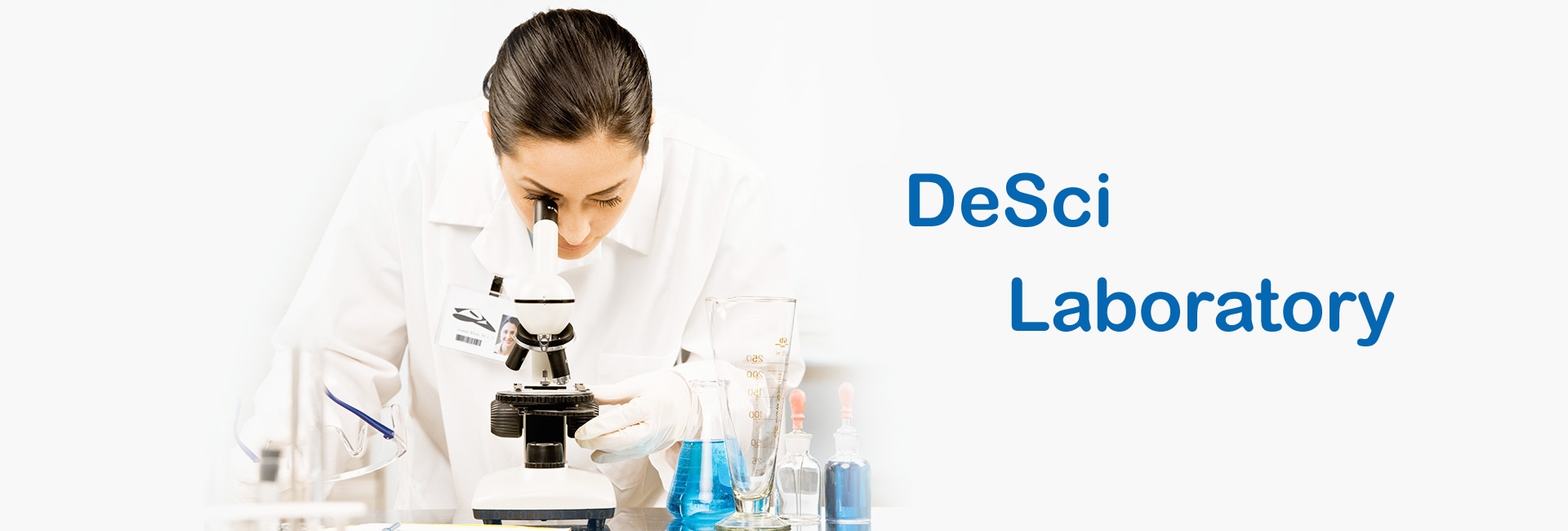AIEE Recommended Practice for the Measurement of Radio Frequency Emission from Industrial, Scientific, and Medical (ISM) Equipment
Abstract
This paper discusses the need for standard measuring method; FCC requirements, committee action symbols, units and abbreviations; measurement methods; antenna design; antenna gain measurement;s associated measuring equipment; measurements on production equipment; and measurement precautions and factors affecting accuracy of measurement.Scope
The greatly increased use of the radio-frequency spectrum above 300 megacycles since World War II made necessary a re-examination of the interference problem. Not only may interference occur between equipments and services operating at these high frequencies, but also interference may be caused by equipments operating at lower frequencies with appreciable harmonic radiation above 300 megacycles. In particular, electromagnetic radiation from radio-frequency industrial, scientific and medical equipments may cause interference to communication services above 300 megacycles. In order to eliminate objectionable interference, the Federal Communications Commission, after collaboration with manufacturers and users of such equipment, established certain regulations including limits of permissible radiation. Conformance with these regulations requires that field intensity measurements be made. At the present time, measurement standards above 300 megacycles are in the process of development. There are no commercially available field intensity meters with which measurements can be made at frequencies higher than 1000 megacycles. Until the development of standard methods and equipment has been completed, there is a need for a uniform practice for the measurement of field intensities above 300 megacycles
Topic
Power, Energy and Industry Applications, Fields, Waves and Electromagnetics

